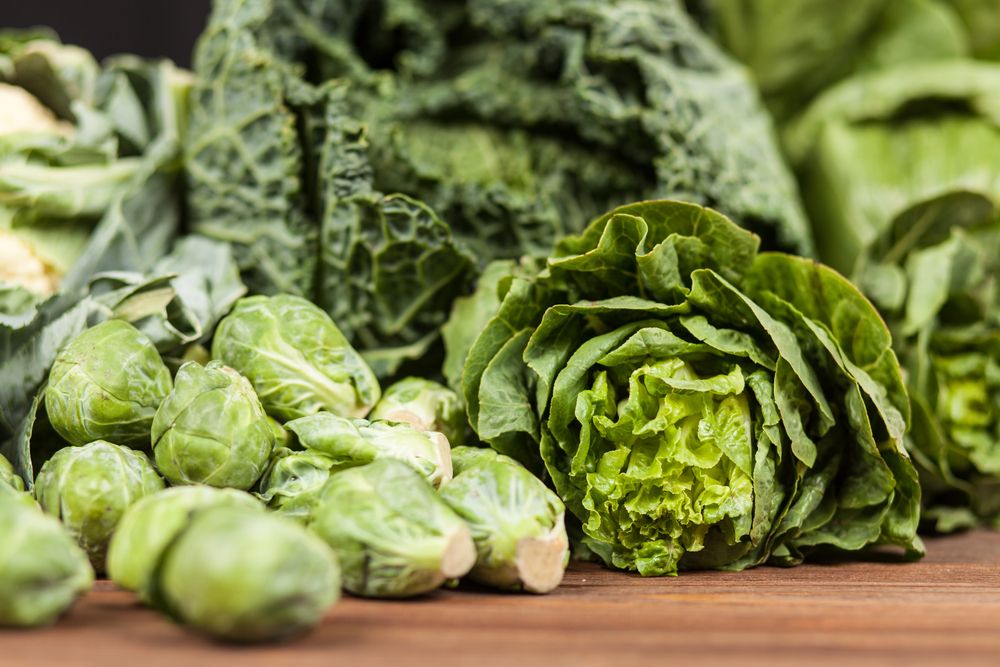Leafy greens are renowned for their health benefits, including slowing cognitive decline, reducing heart disease risk, and lowering cancer risks. They vary in nutrient content, raising the question of which are the healthiest. In 2014, the CDC ranked 47 fruits and vegetables by nutrient density, focusing on those linked to chronic disease reduction and containing at least 10% of the daily value of 17 nutrients per serving. This ranking helps identify the most nutrient-rich leafy greens.
The CDC evaluated various fruits and vegetables, including leafy greens, based on specific criteria and assigned each a "nutrient-density" score, ranking them from most to least dense. Focusing specifically on leafy greens, we examined their rankings in the CDC report. Here are the top 18 leafy greens, listed in order of their nutrient-density scores, with the #1 spot being the most nutrient-dense and perhaps unexpectedly so.
1) Iceberg Lettuce
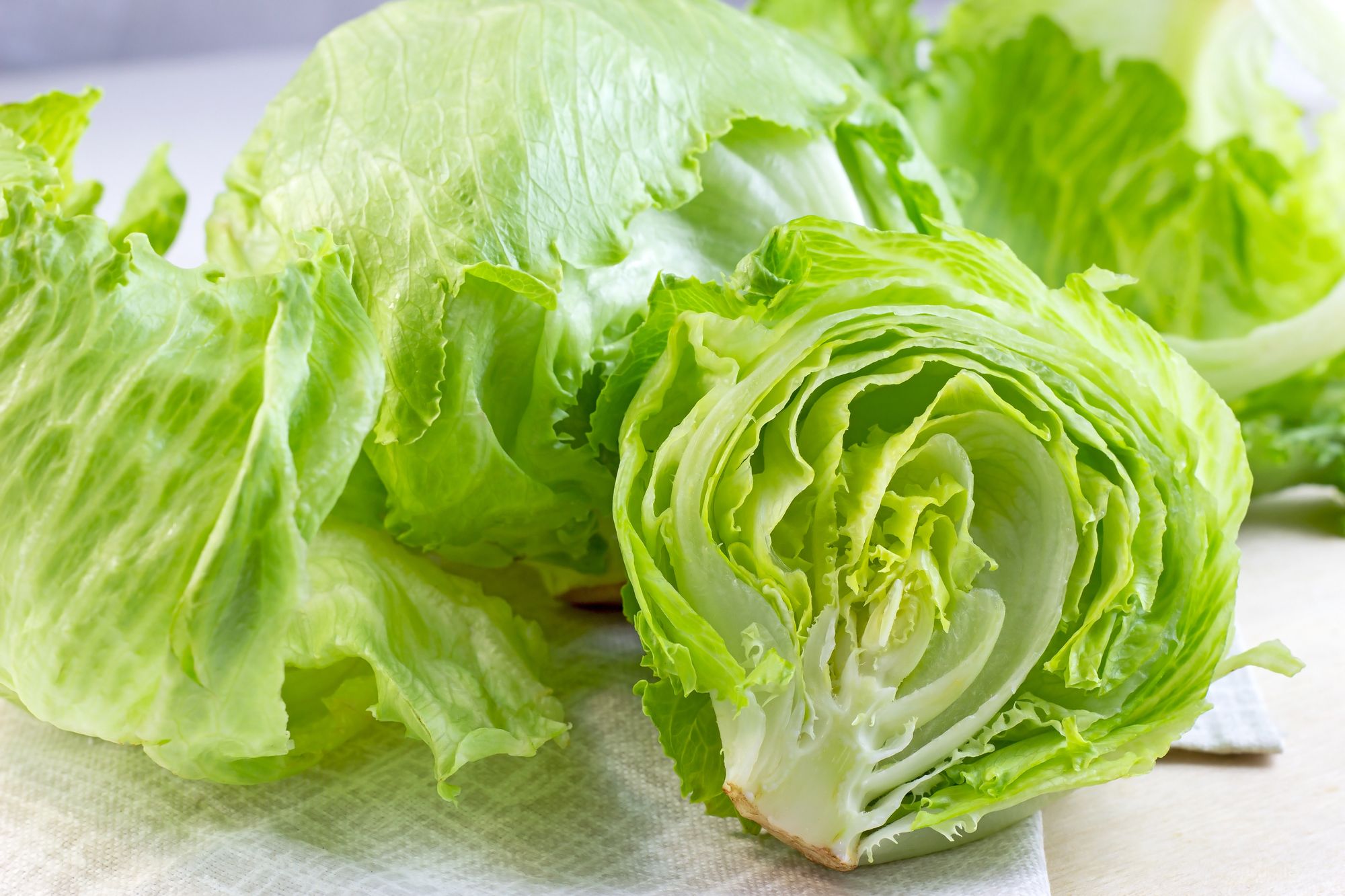
Iceberg lettuce, commonly perceived as the least nutrient-dense leafy green, unsurprisingly scores the lowest with a nutrition score of 18.28. Despite this, it still offers nutritional benefits, contributing to the daily value of vitamins C, K, and A, folate, and potassium. Additionally, it contains antioxidant plant compounds such as anthocyanins.
2) Cabbage
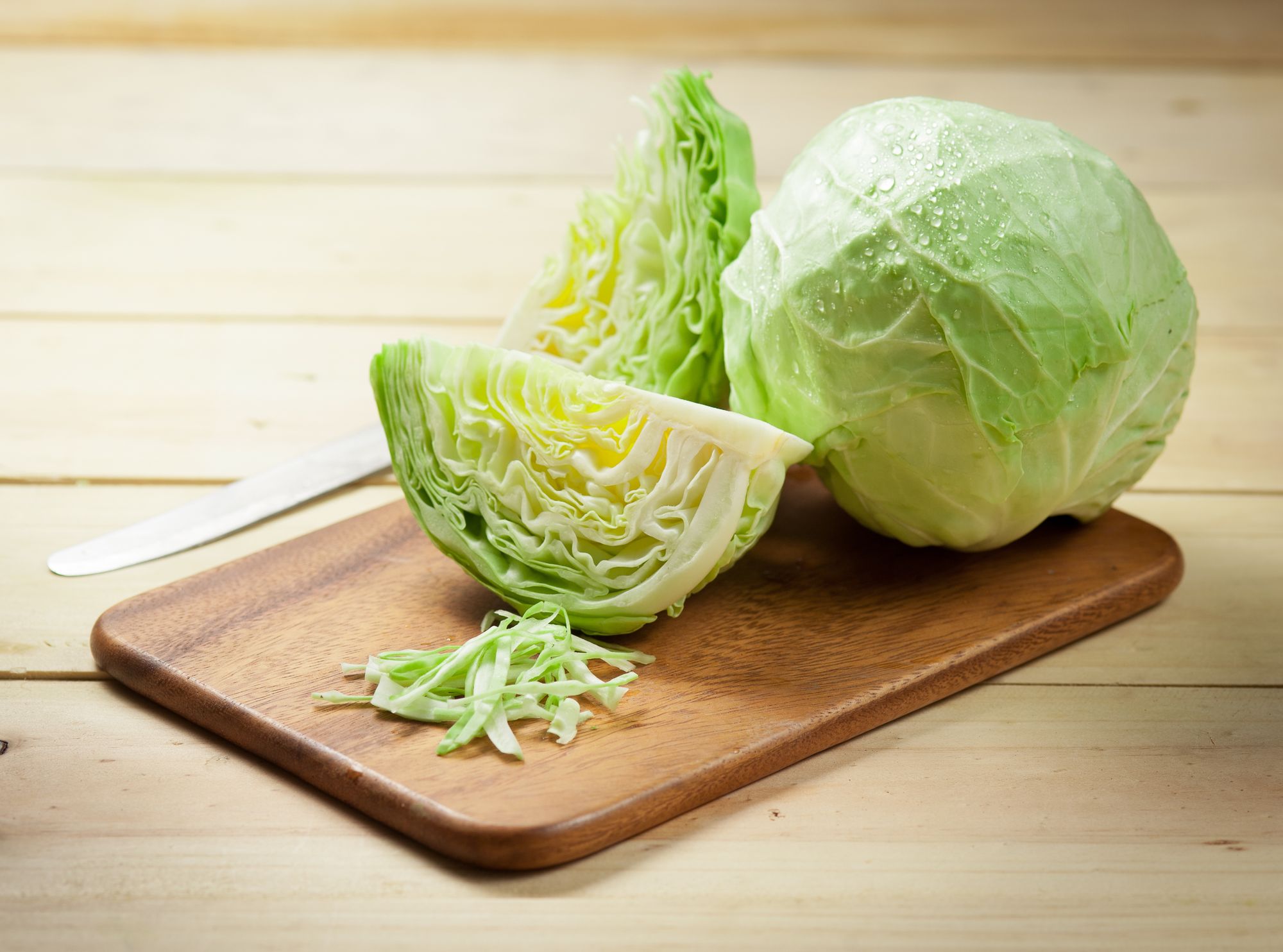
Cabbage, with a nutrition score of 24.51, offers nutrients such as vitamin B, vitamin C, calcium, and folate. Though it ranks lower among nutrient-dense leafy greens, raw green cabbage provides about 56% of the daily value of vitamin K. As a cruciferous vegetable, along with broccoli, cauliflower, and Brussels sprouts, cabbage is noted for its health benefits. Studies have shown that regular consumption of cruciferous vegetables is associated with decreased markers of inflammation in the body.
3) Arugula
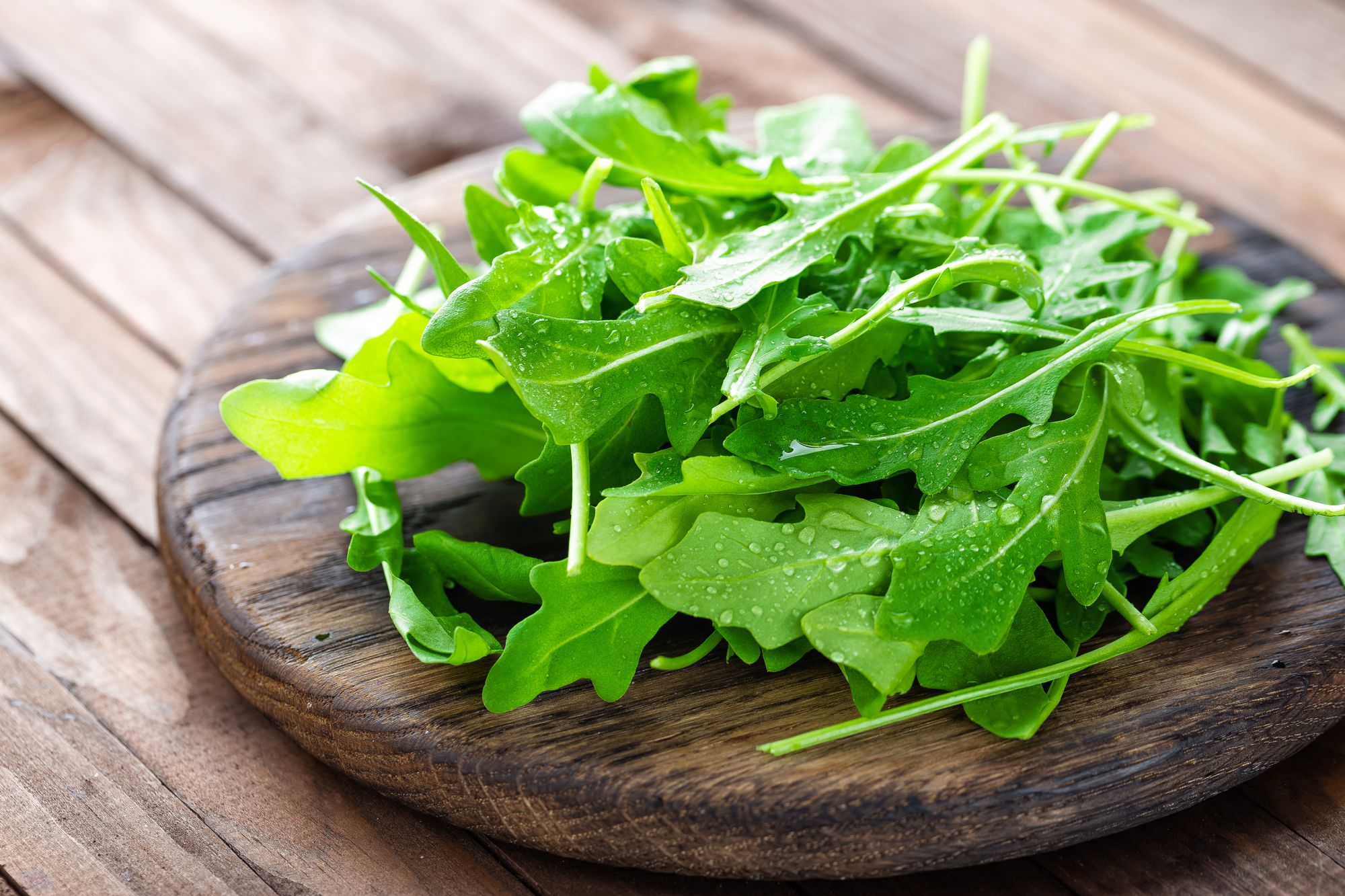
Arugula, with a nutrition score of 37.65, is known for its distinct, bold, and bitter taste. Fans of arugula in salads, pastas, or sandwiches can appreciate its nutritional value. While it ranks lower than some other nutrient-rich leafy greens, arugula still provides beneficial nutrients such as folate, calcium, and vitamins A, C, and K in every serving.
4) Dandelion Green
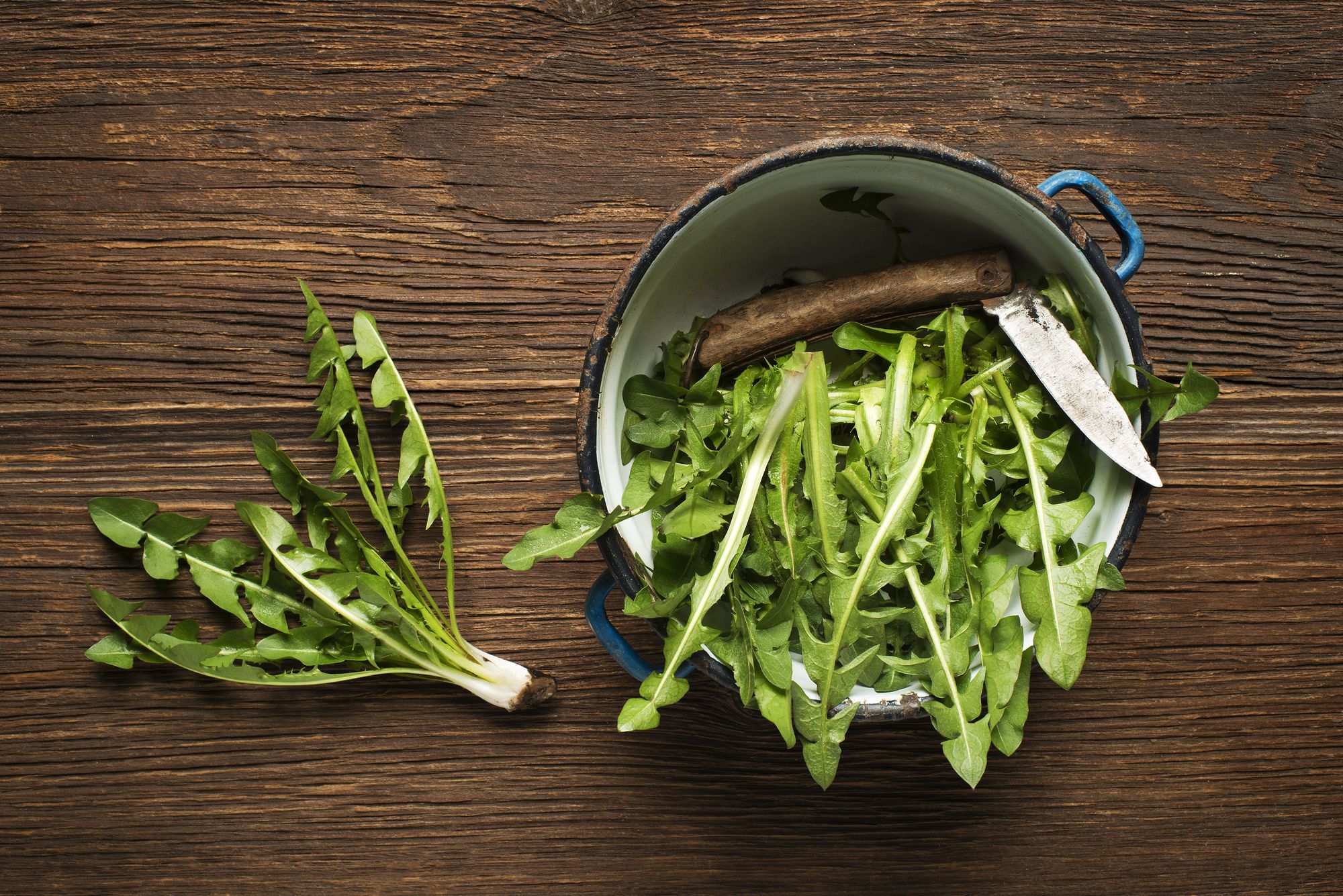
With a nutrition score of 46.34, dandelion greens are a nutrient-rich leafy green, known for their bitterness similar to arugula. A serving of dandelion greens provides 9.5% of the daily value for iron and 12.5% of the daily value for vitamin E. To balance their bitter taste, try blending dandelion greens with milder lettuces like spinach, romaine, or iceberg.
5) Kale
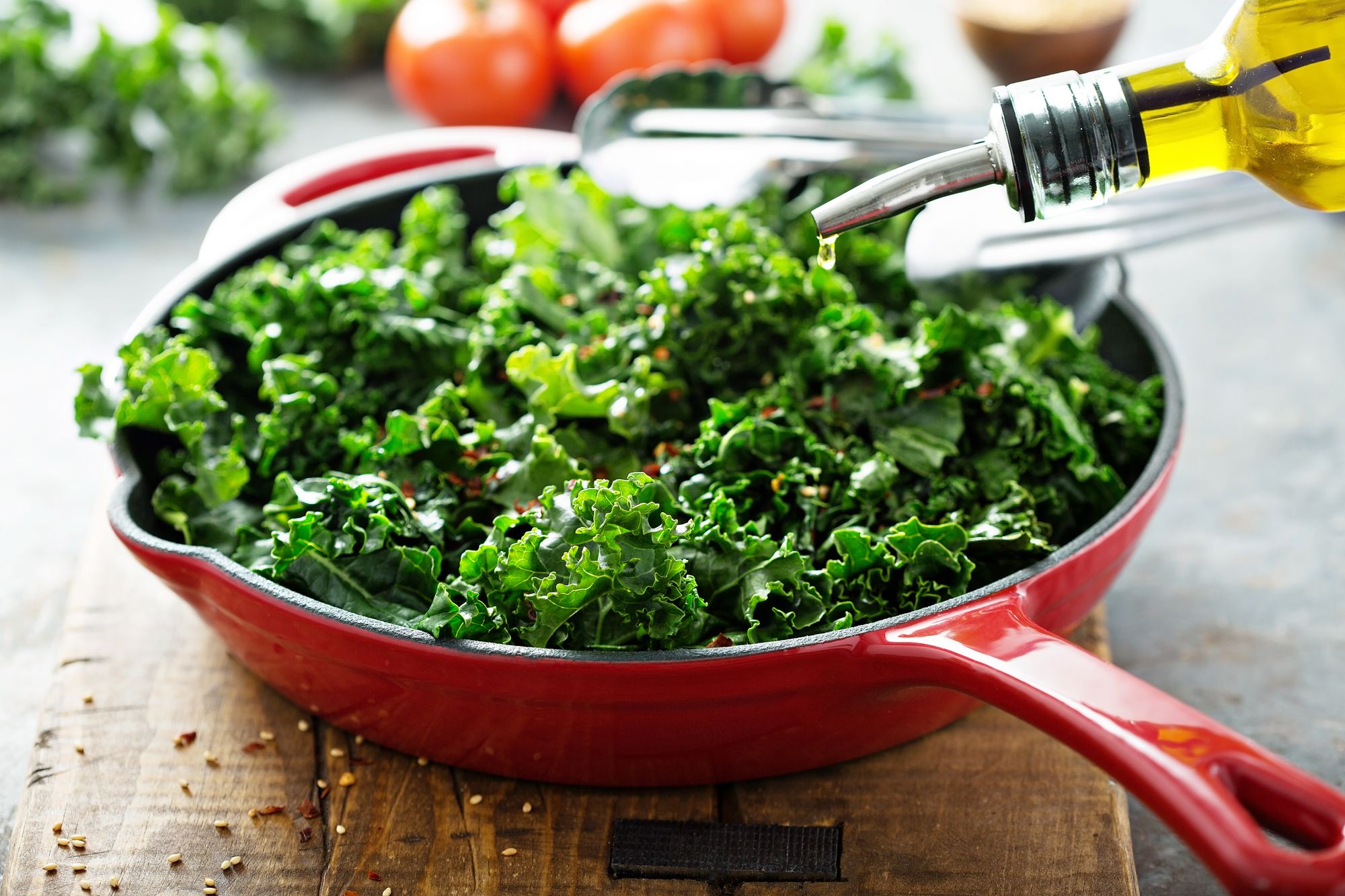
Kale, a widely acclaimed green for its health benefits, has a nutrition score of 49.07. Despite its popularity, it doesn't rank in the top 10 of this list. Nonetheless, kale remains a nutritious choice. A one-cup serving provides 67.5% of the daily value for vitamin K and nearly 22% of the daily value for vitamin C, along with smaller amounts of calcium, manganese, and vitamin A.
6) Endive
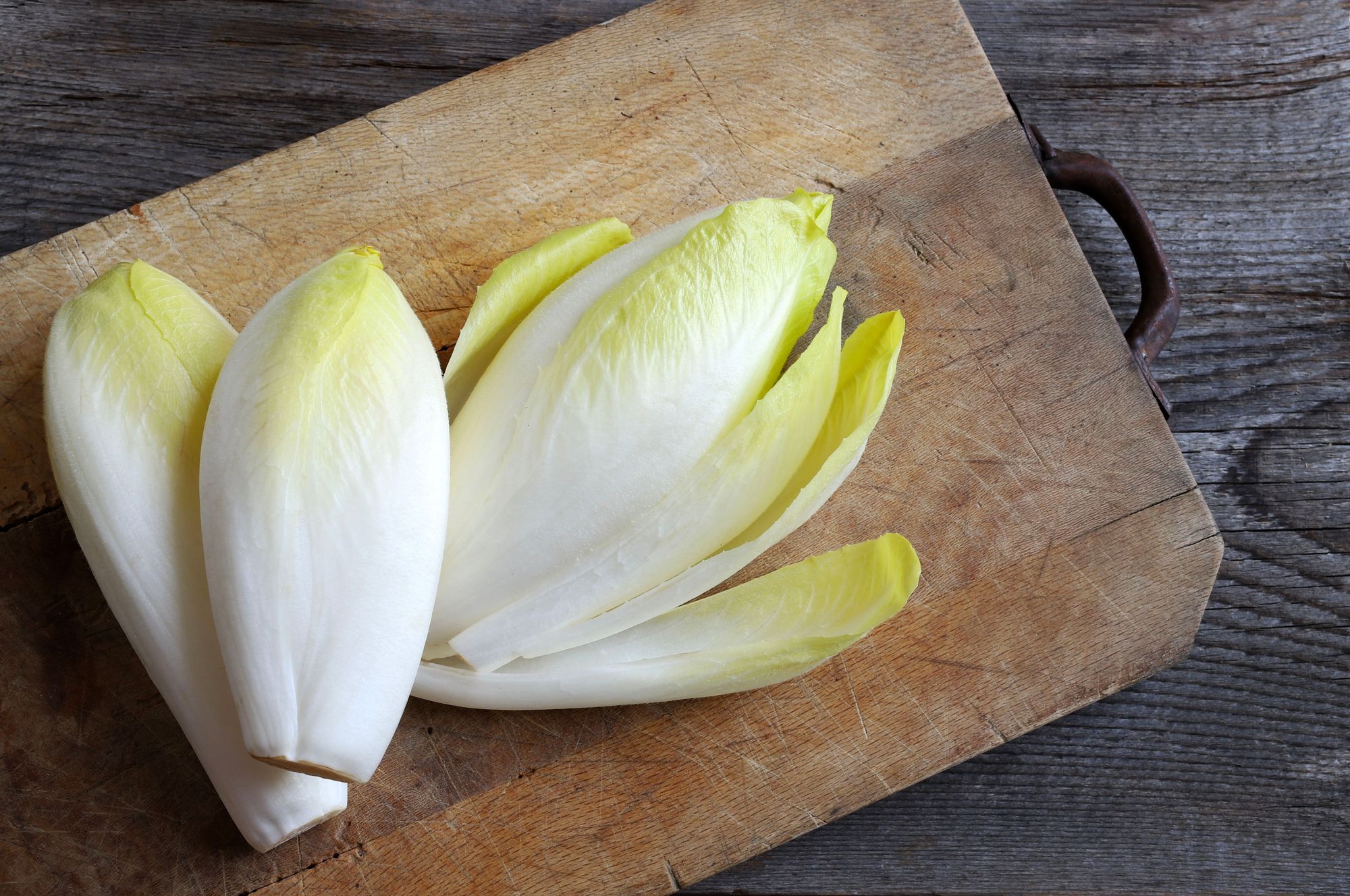
Endives, with a nutrition score of 60.44, are not as commonly consumed but are a great choice for those who enjoy bitter, bold-flavored greens. Growing underground, similar to mushrooms, and part of the chicory family, a serving of endives offers approximately 48% of the daily value for vitamin K and between 60-77% of the daily value for vitamin A.
7) Mustard Green

Mustard greens, scoring 61.39 in nutrition, are known for their distinct, often overwhelming taste, characterized by a strong, bitter, and somewhat spicy flavor. This makes them less appealing to those seeking milder salad greens. However, cooking methods like sautéing or dressing them with olive oil and lemon can help mitigate their intense flavor, allowing you to benefit from their rich content of vitamins A, C, and
8) Turnip Greens

Turnip greens, with a nutrition score of 62.12, are the leafy greens that grow at the top of a turnip plant. While many focus on the turnip itself and overlook the greens, these leafy parts are packed with nutrients, including vitamin C, vitamin A, and vitamin E. Additionally, they provide almost 2 grams of fiber per cup, making them a nutritious choice.
9) Collard Greens
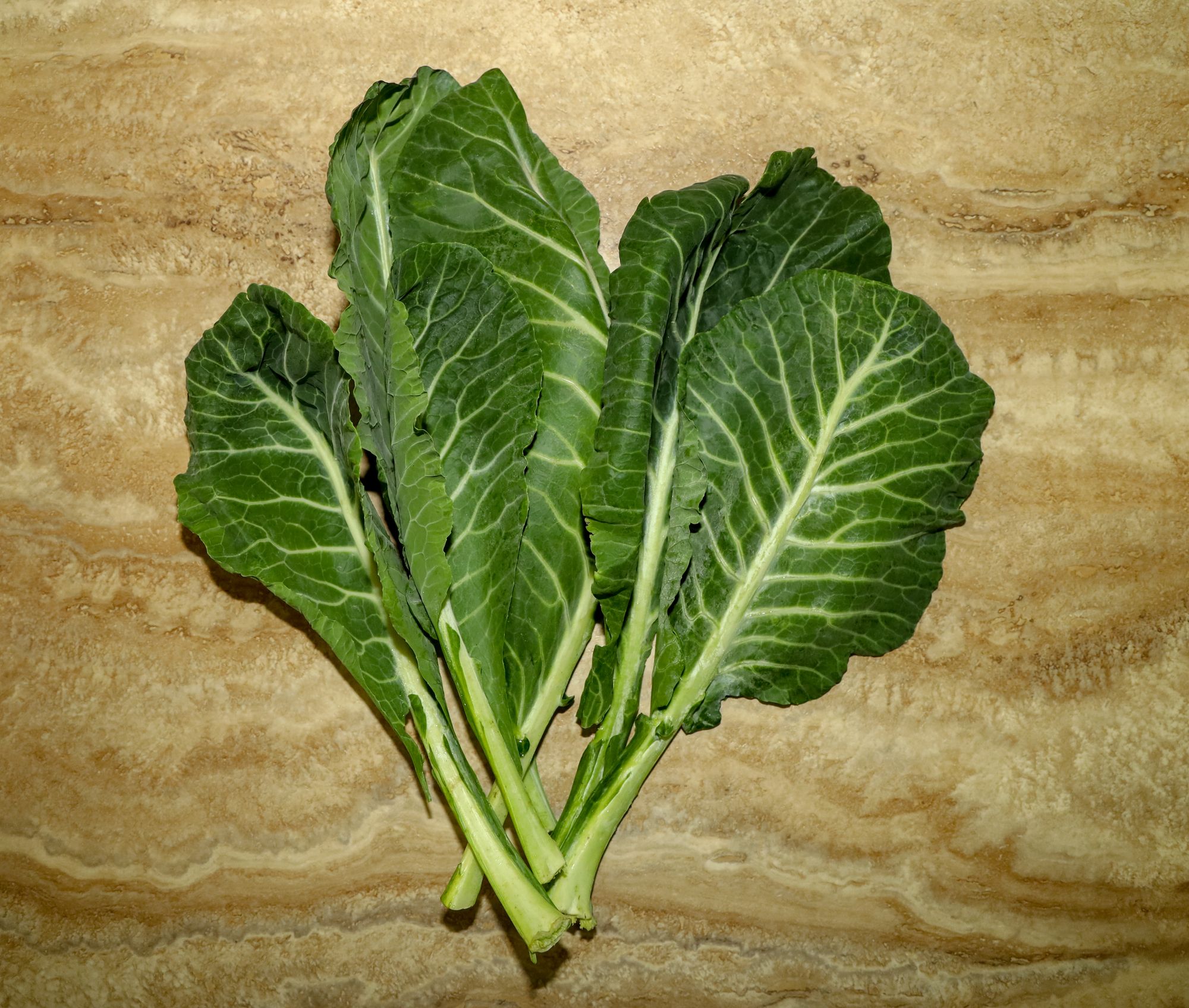
Collard greens, with a nutrition score of 62.49, are classified as both a leafy green and a cruciferous vegetable. They are particularly popular in the Southern United States, where they are frequently prepared with bacon and ham hock. Collard greens are also a traditional New Year's Day food, often served with black-eyed peas for good luck in the upcoming year.
Beyond their culinary appeal, collard greens are a nutritional powerhouse. They are rich in vitamins and nutrients, including vitamins A and K. Additionally, they contain beneficial antioxidant plant compounds like beta carotene, lutein, and zeaxanthin.
10) Romaine Lettuce
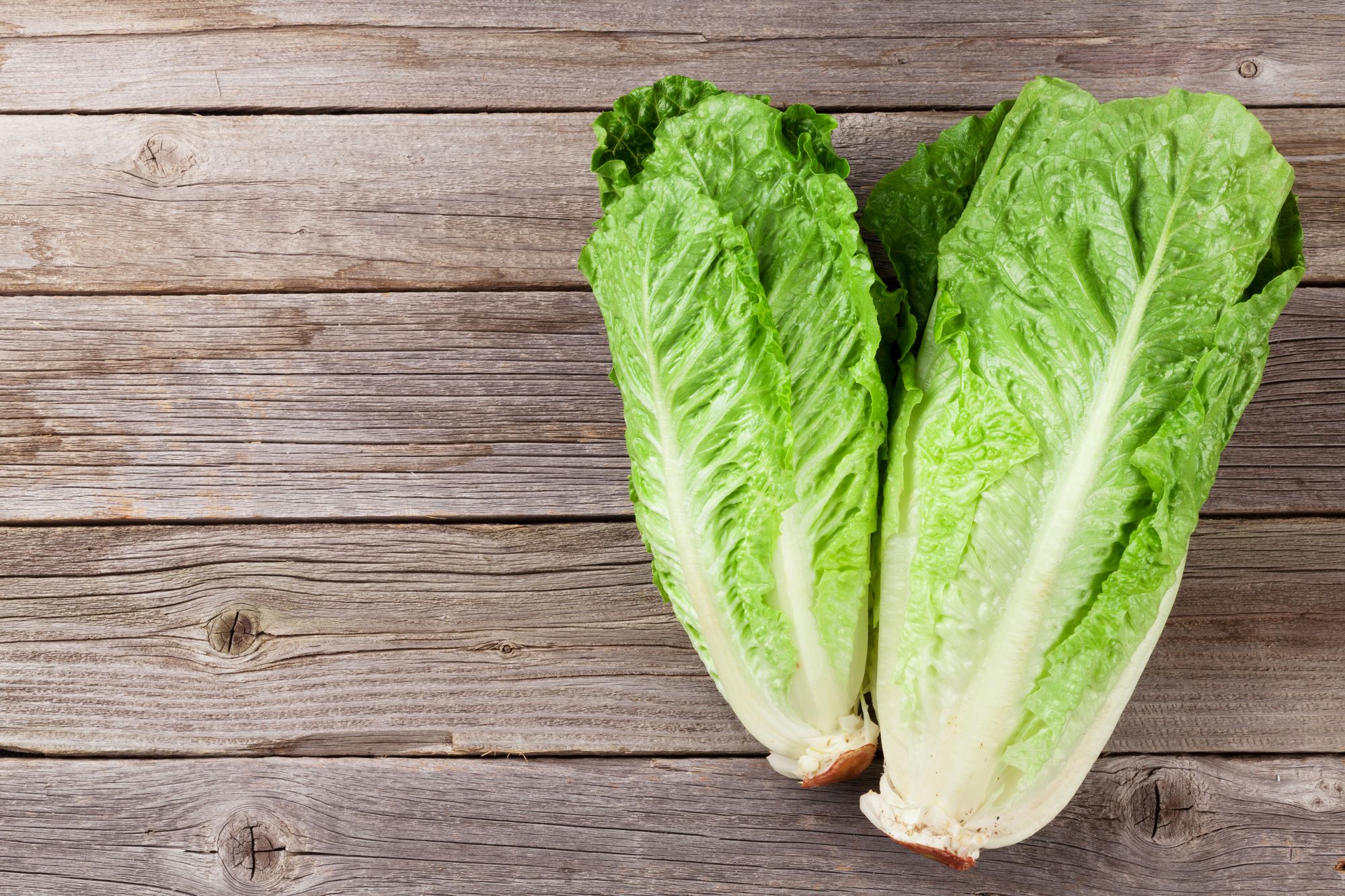
With a nutrition score of 63.48, romaine lettuce earns its place in the top 10, even surpassing some expectations. Romaine lettuce is notably high in vitamin A, offering approximately 23% of your daily value in a one-cup serving. Additionally, it contains plant pigments like beta-carotene, lutein, and zeaxanthin, known for their potential anti-inflammatory and antioxidant properties in the body.
11) Parsley
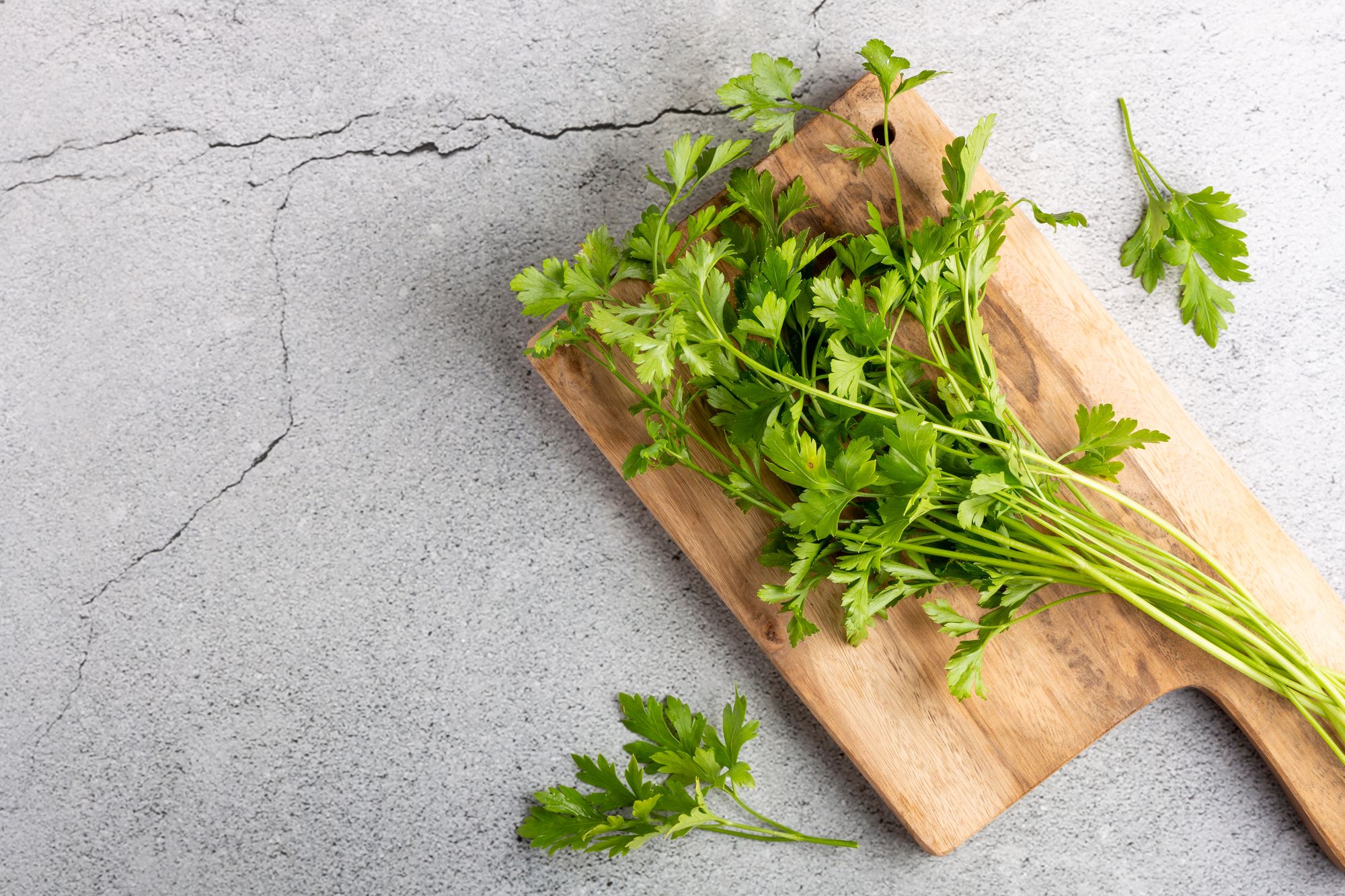
With a nutrition score of 65.59, parsley is a nutrient-rich herb that deserves a place in your pasta, salads, meat, or soups. In just one tablespoon of parsley, you'll receive half of your daily value of vitamin K, essential for blood and bone health. Additionally, it provides a portion of your daily value for vitamin C and contains antioxidant plant pigments like beta-carotene, lutein, and zeaxanthin.
12) Leaf Lettuce
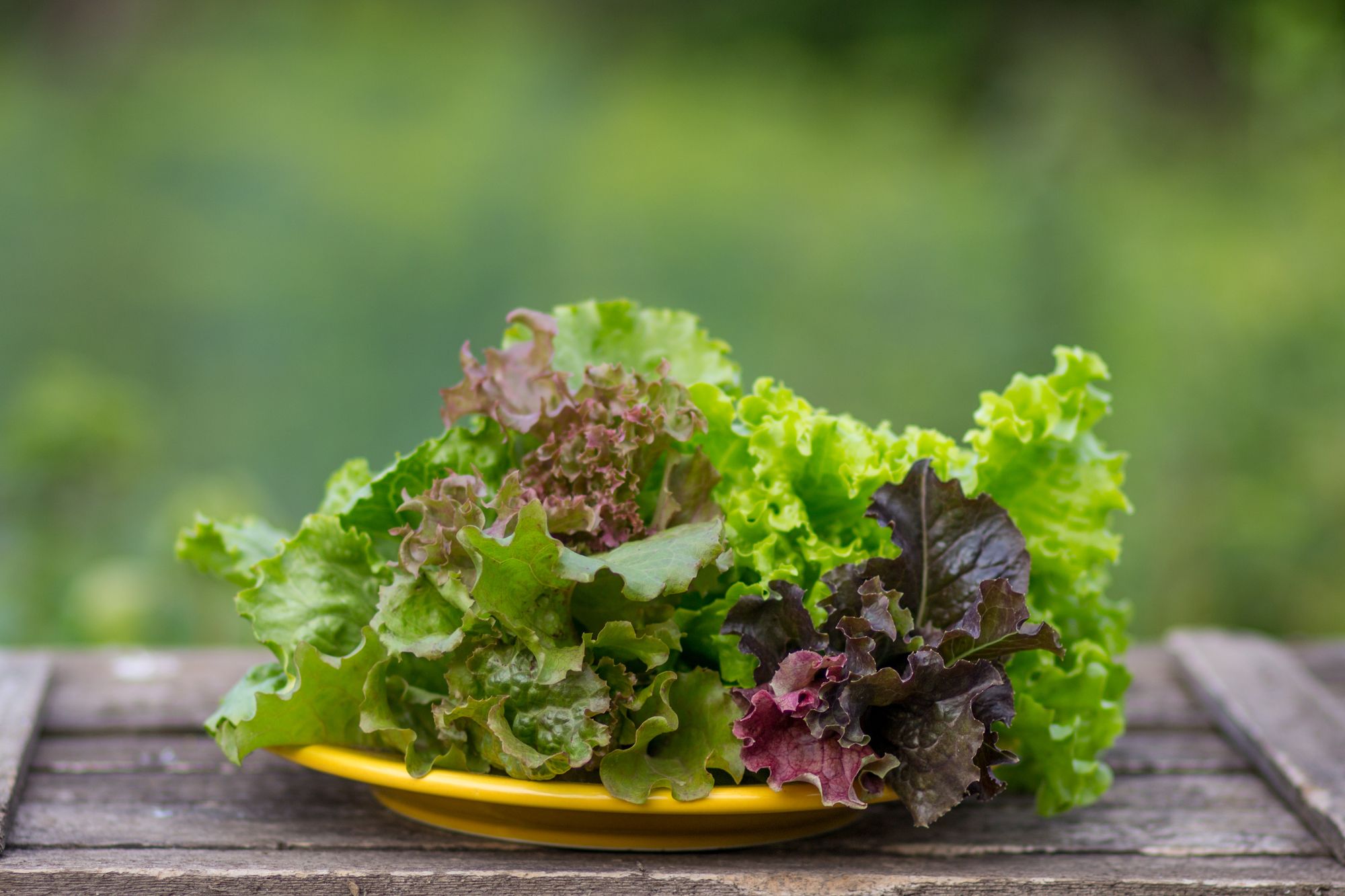
With a nutrition score of 70.73, leaf lettuce is often confused with romaine due to their similar appearance when used as a salad base. However, leaf lettuce is slightly softer than romaine and ranks higher in nutrient density. Consuming two cups of leaf lettuce provides nearly your entire daily requirement of vitamin K and approximately 30% of your daily value of vitamin A.
13) Chicory
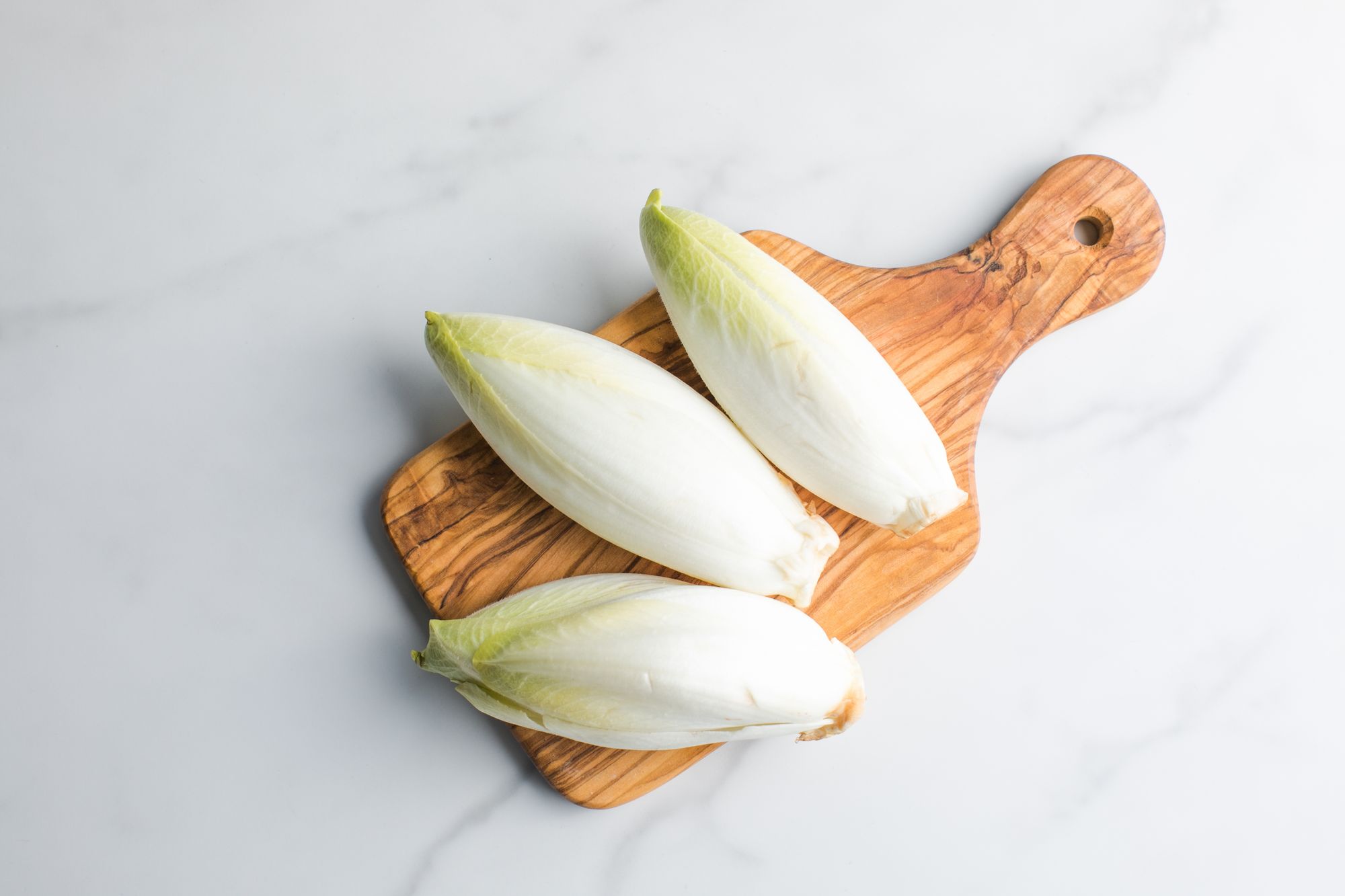
With a nutrition score of 73.36, chicory is a bitter leafy vegetable that can be sautéed or blanched to reduce its initial bitterness, making it more palatable to those who find it too intense. When preparing chicory, consider pairing it with ingredients like cranberries and a touch of lemon juice to balance the flavors.
Regardless of your culinary approach, chicory offers numerous nutritional advantages. According to a report in Nutrients, chicory is recognized for its potential to enhance digestion, lower the risk of gastrointestinal diseases, and aid in appetite regulation.
14) Spinach
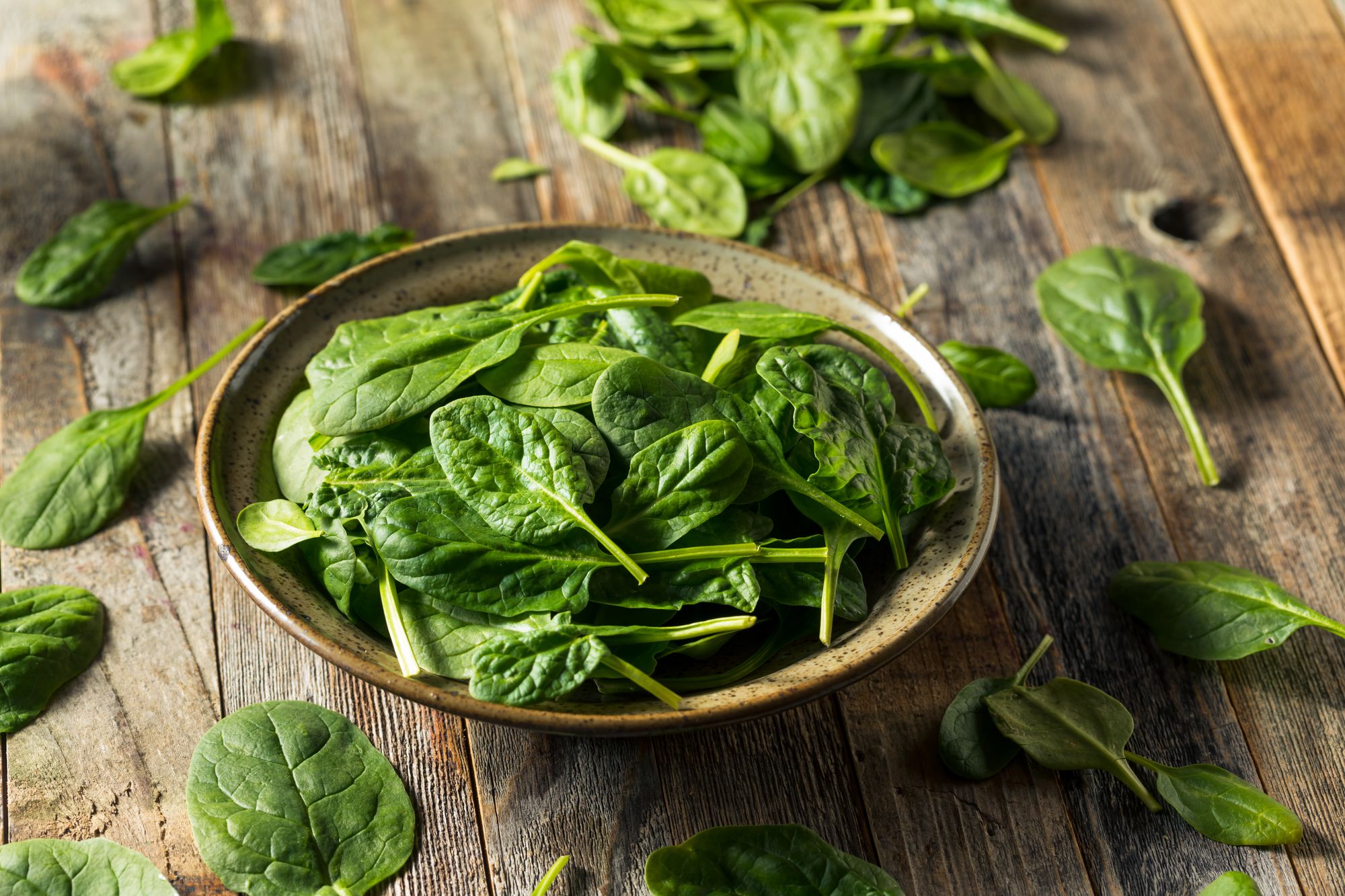
With a nutrition score of 86.43, spinach is often linked to its iron content, popularized by Popeye. While two cups of spinach provide approximately 9% of your daily value of iron, this leafy green is rich in various other nutrients, earning it the fifth spot on the nutrient density list.
Additionally, two cups of spinach supply 30% of your daily value of folate, a vital nutrient essential for cell growth and the formation of red blood cells. Folate is particularly crucial for pregnant individuals.
15) Beet Greens
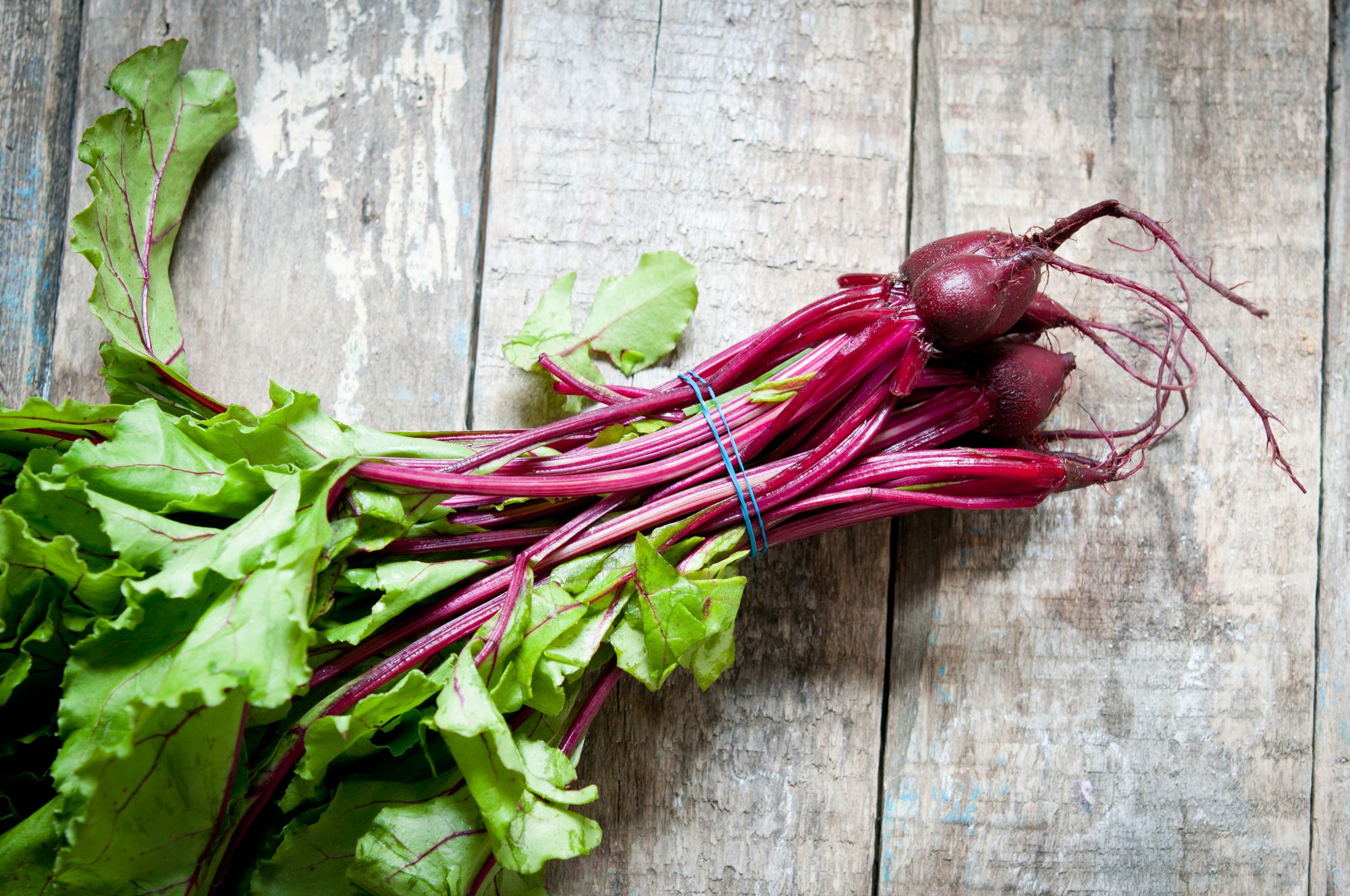
With a nutrition score of 87.08, beet greens often go overlooked in favor of the beetroot itself. However, these greens rank fourth in nutrient density and deserve a place in your next salad.
One of the main reasons for their high ranking is that, in addition to supplying smaller amounts of nutrients like vitamin A, folate, and calcium, one cup of raw beet greens provides approximately 125% of your daily value for vitamin K.
16) Chard
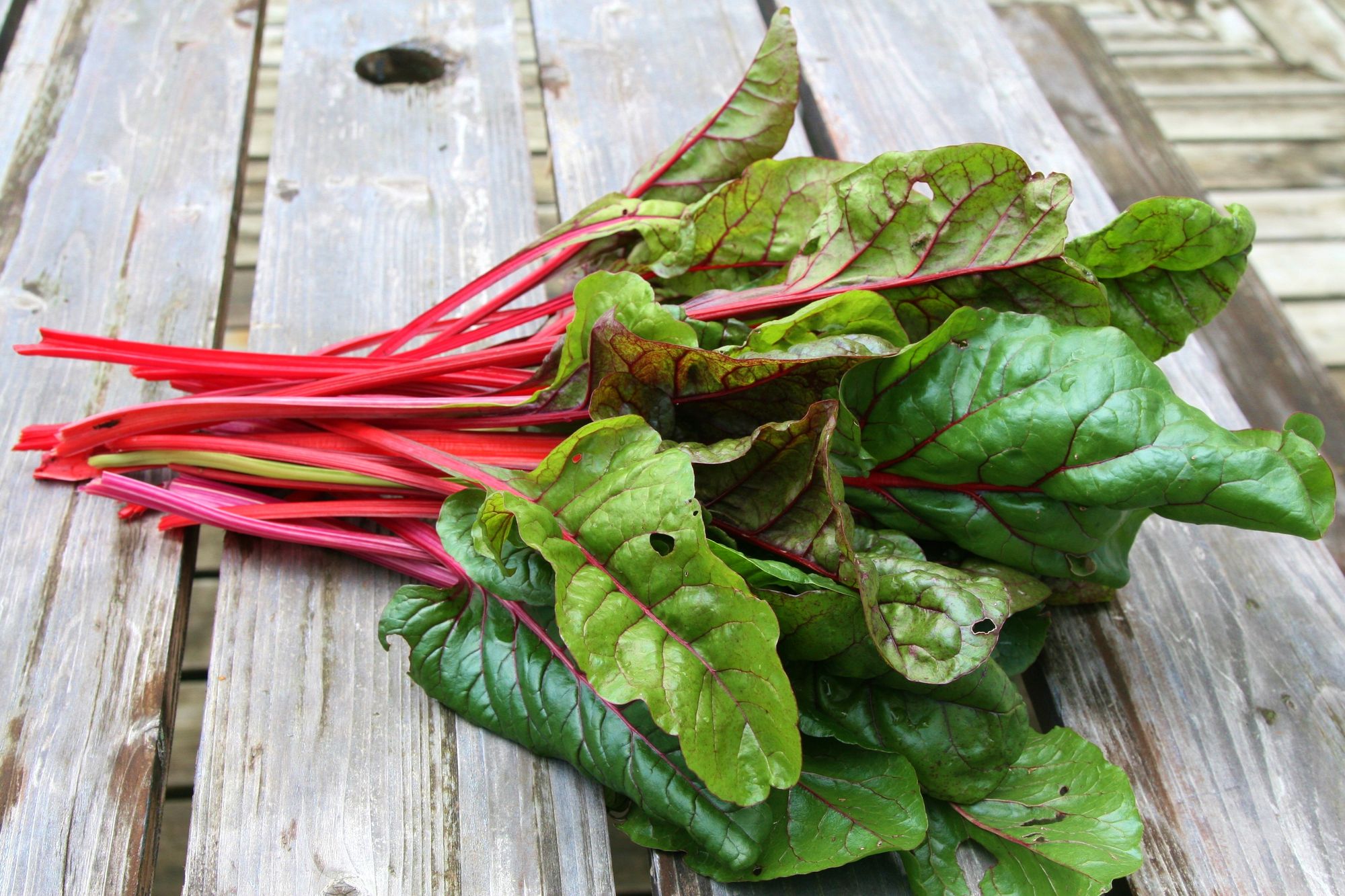
Scoring nearly 90 on the nutrient-density scale, Swiss chard takes the third spot. While it might not be your typical choice for greens, the nutritional stats may change your perspective.
A single cup of Swiss chard offers 22% of your daily value for iron and Vitamin E, 35% for vitamin C, 60% for vitamin A, and an impressive 477% of your daily value for vitamin K.
17) Chinese Cabbage

Earning second place with a score surpassing 90, Chinese cabbage, also known as celery cabbage, is a remarkably nutritious leafy green worth adding to your daily diet. This cruciferous vegetable boasts significant levels of calcium, iron, vitamins A and K, and is noted for its antioxidant content, as reported in Food Chemistry.
18) Watercress
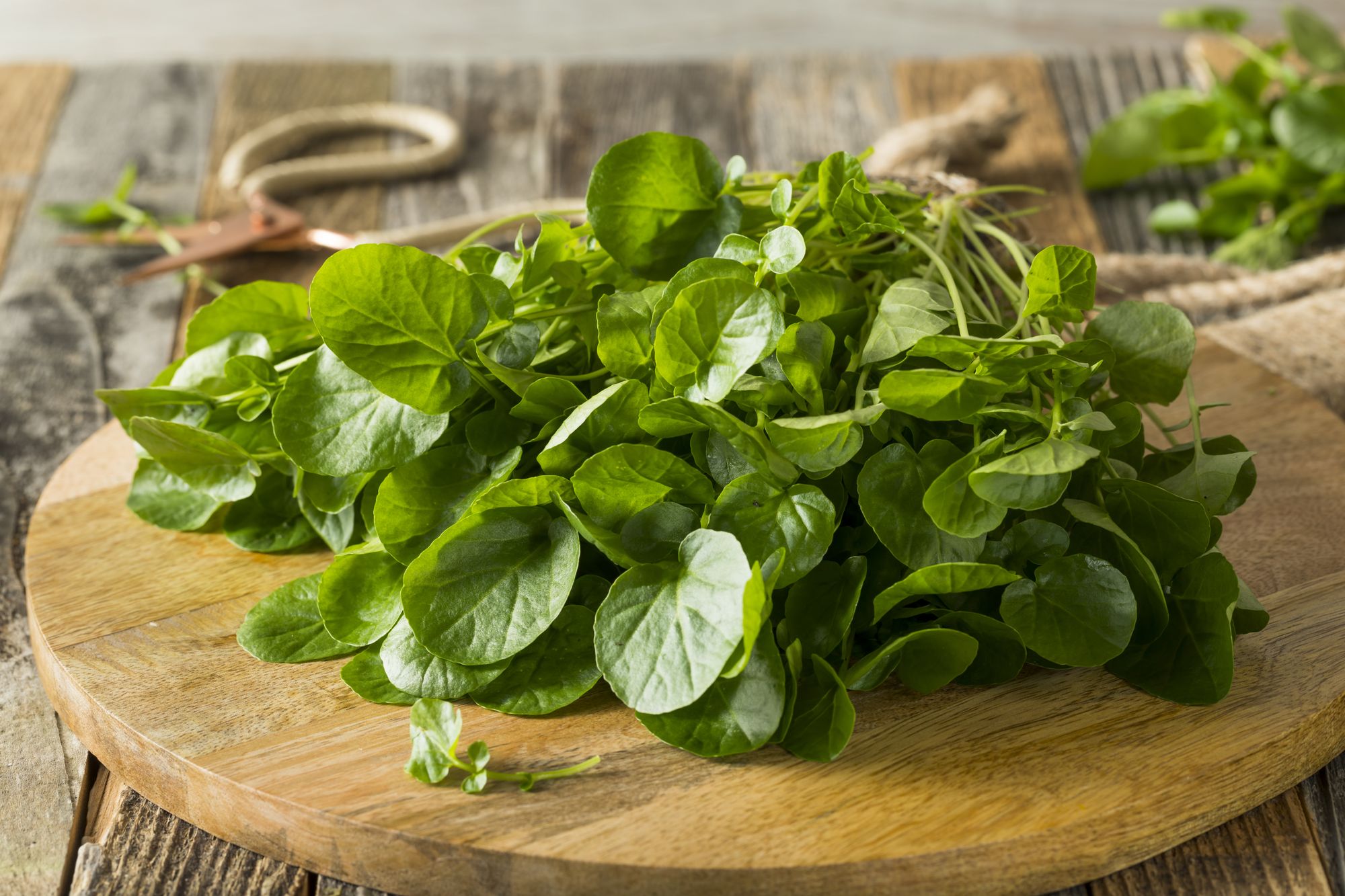
Boasting a perfect nutrition score of 100, watercress is an essential green vegetable to keep in your refrigerator. Watercress is a nutritional powerhouse, packed with concentrated nutrients such as vitamin K and various B vitamins, along with antioxidants like beta-carotene.
Research indicates that watercress is linked to reduced DNA damage and decreased oxidative stress damage, both crucial factors as you age. Furthermore, studies highlight that watercress surpasses other cruciferous vegetables in terms of antioxidant and polyphenol plant compound content.
Whether you add a handful to a smoothie, sandwich, or salad, savor the health benefits of nutrient-rich watercress.

